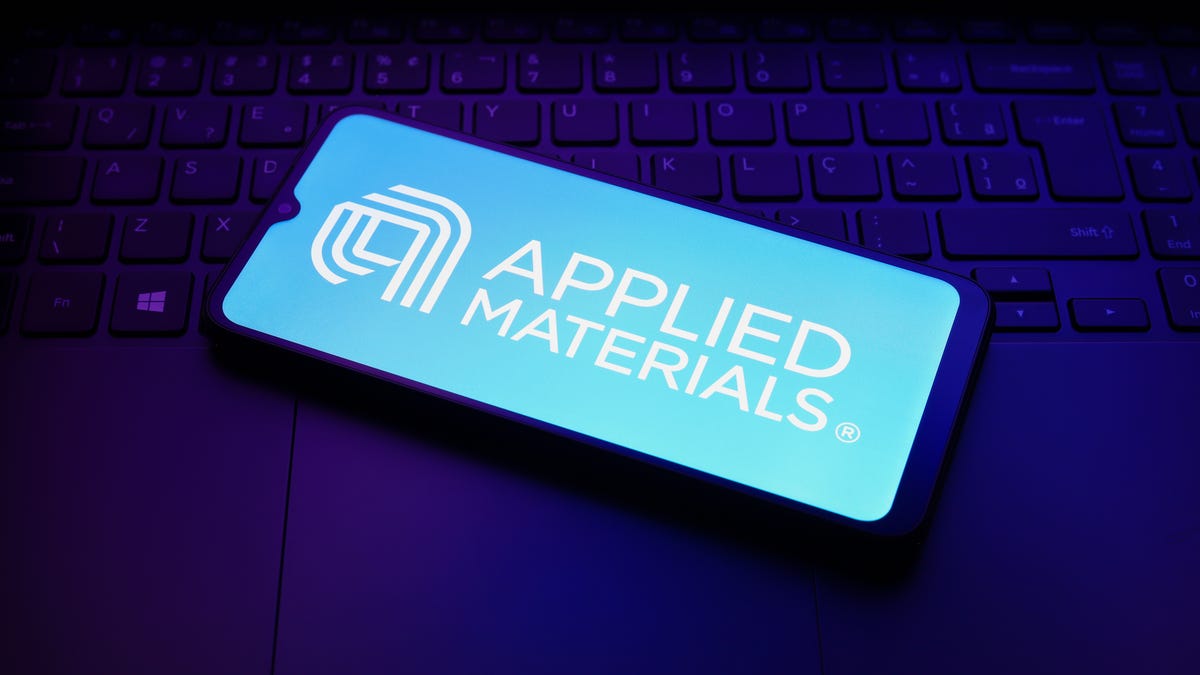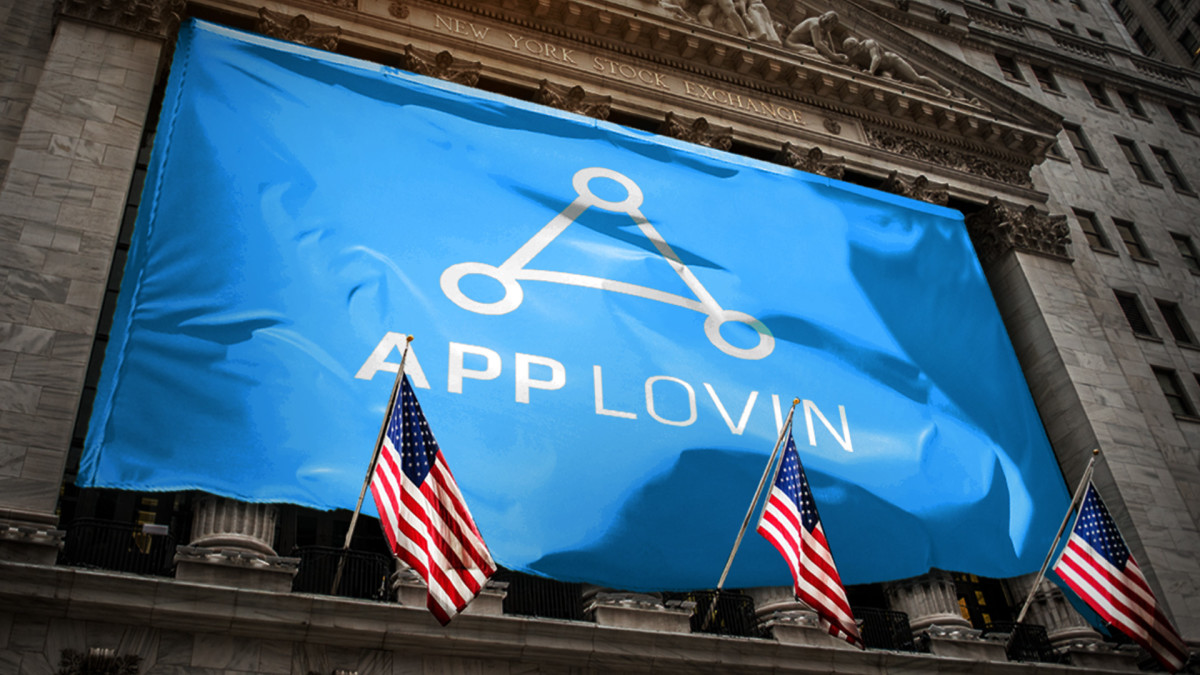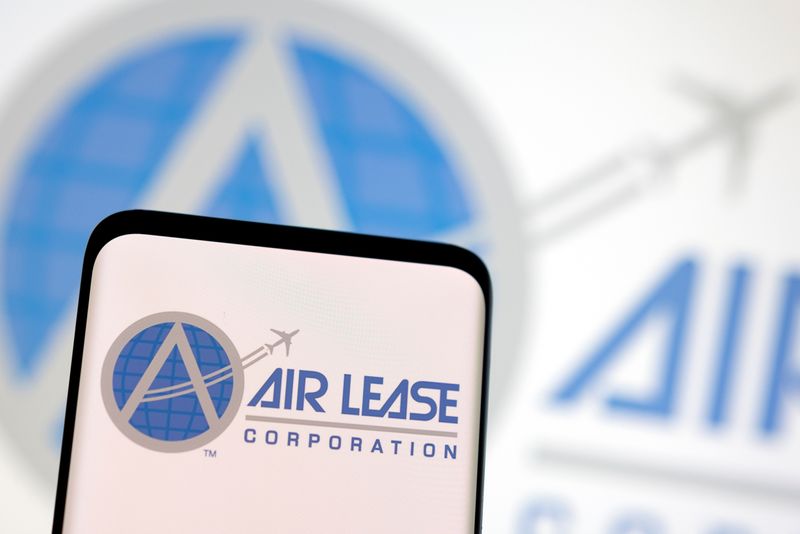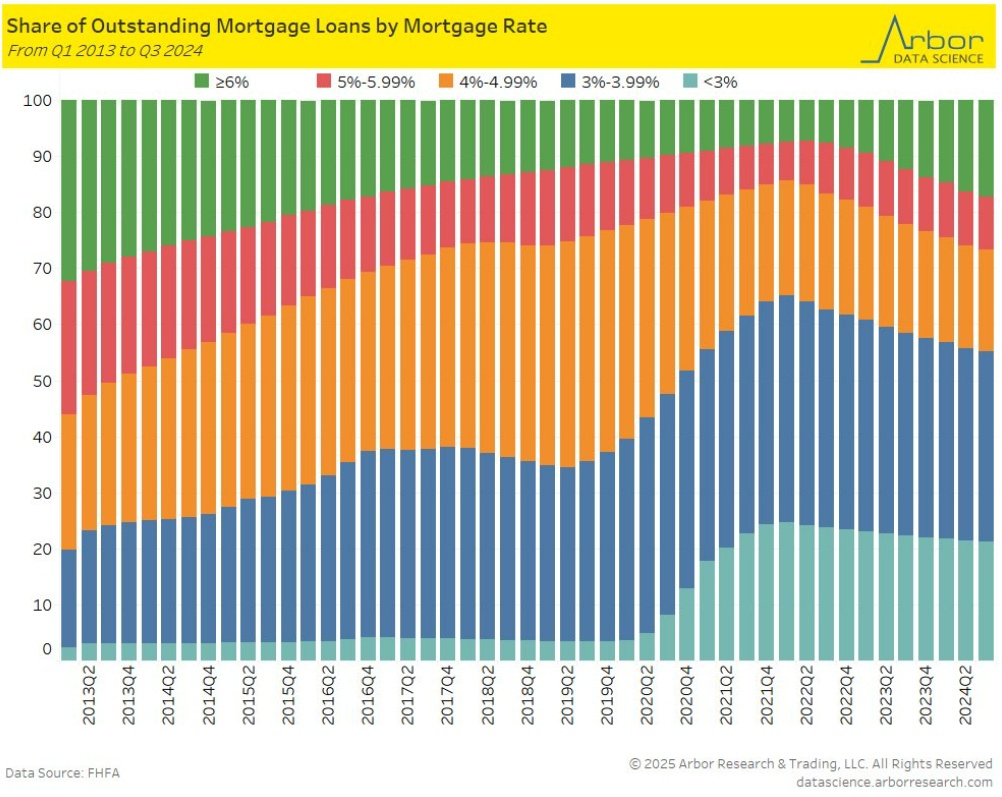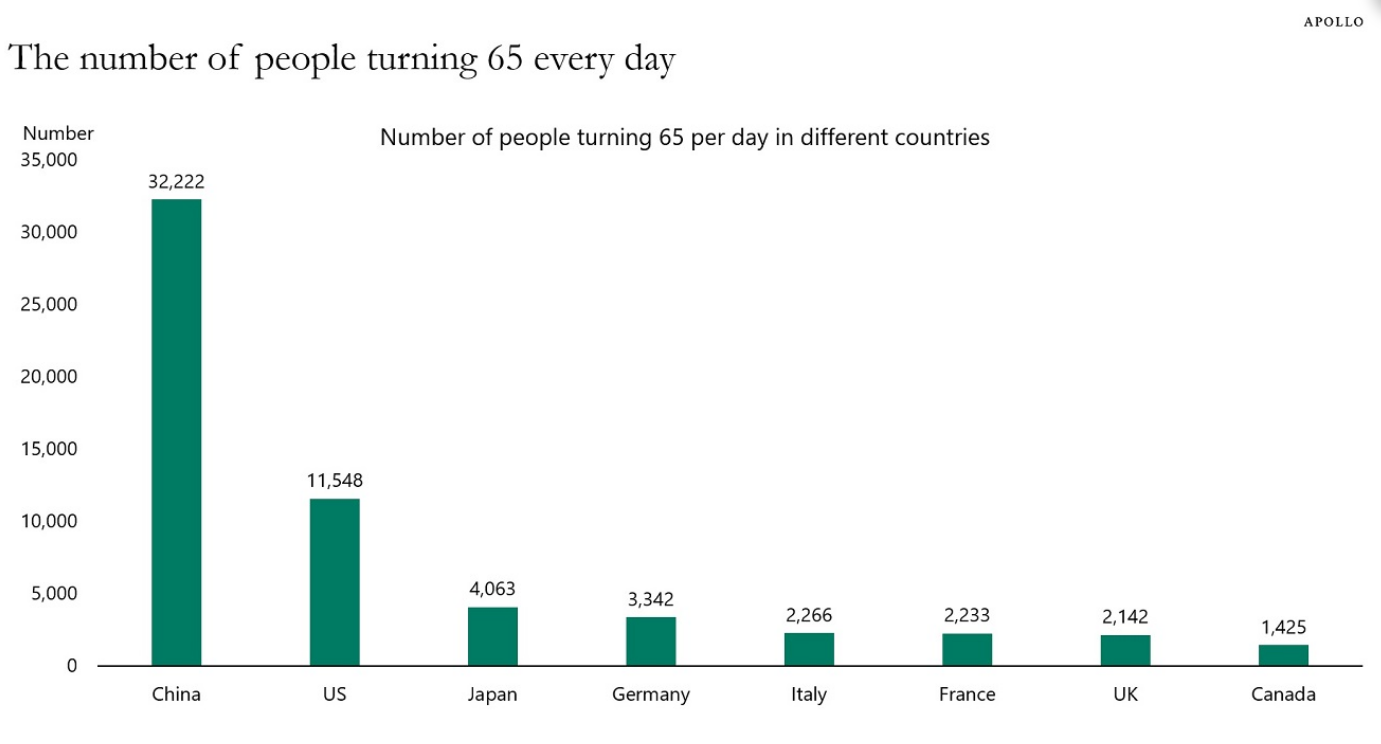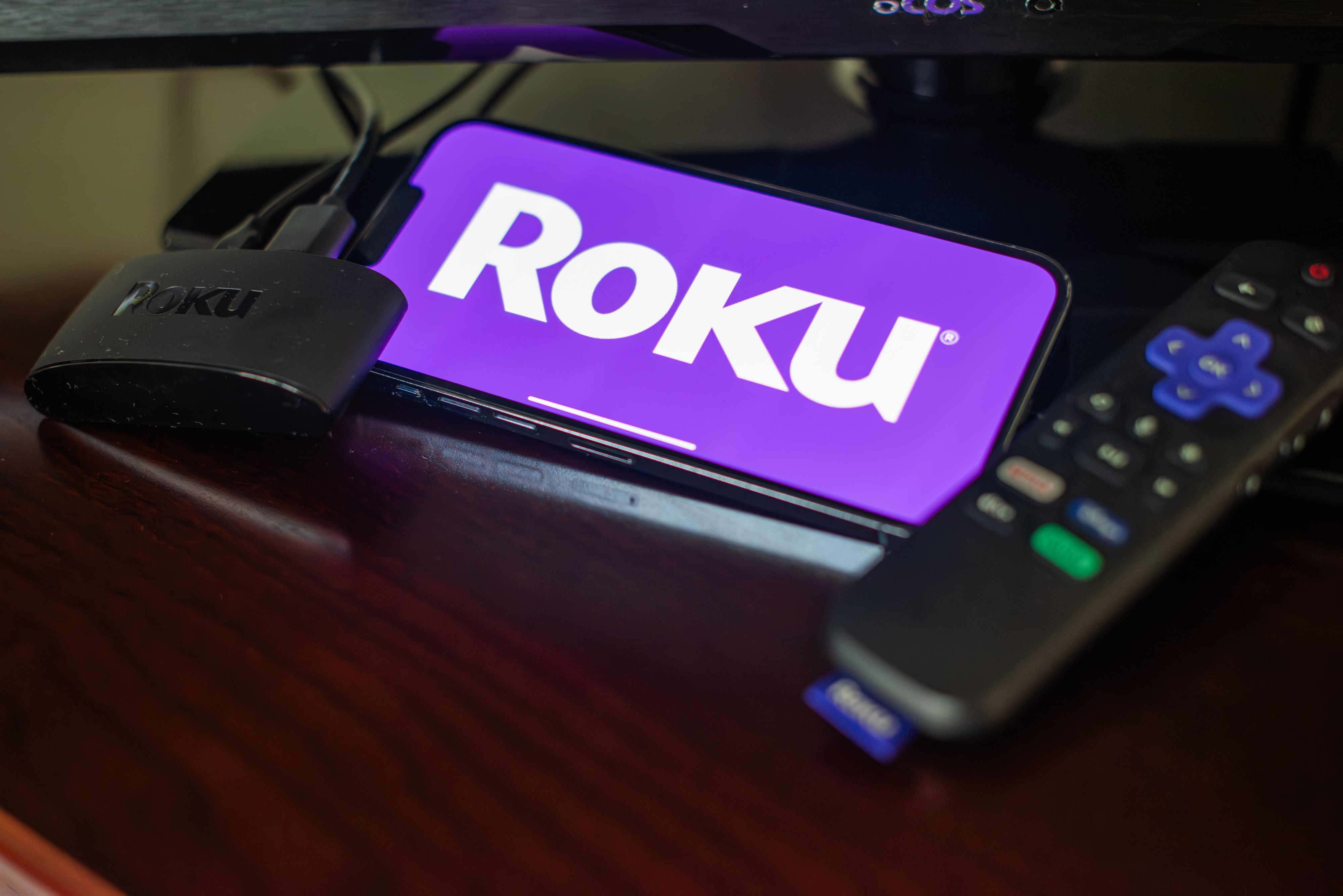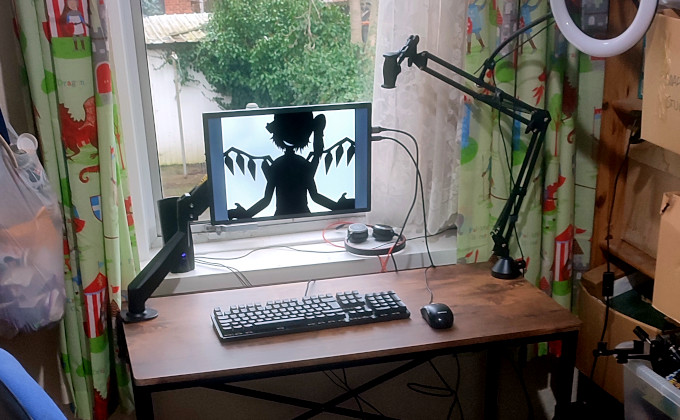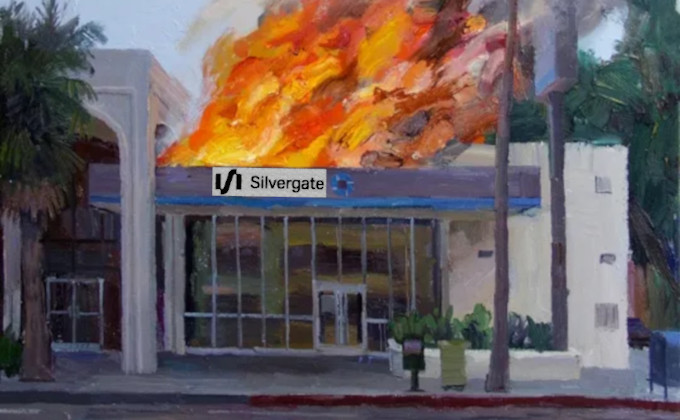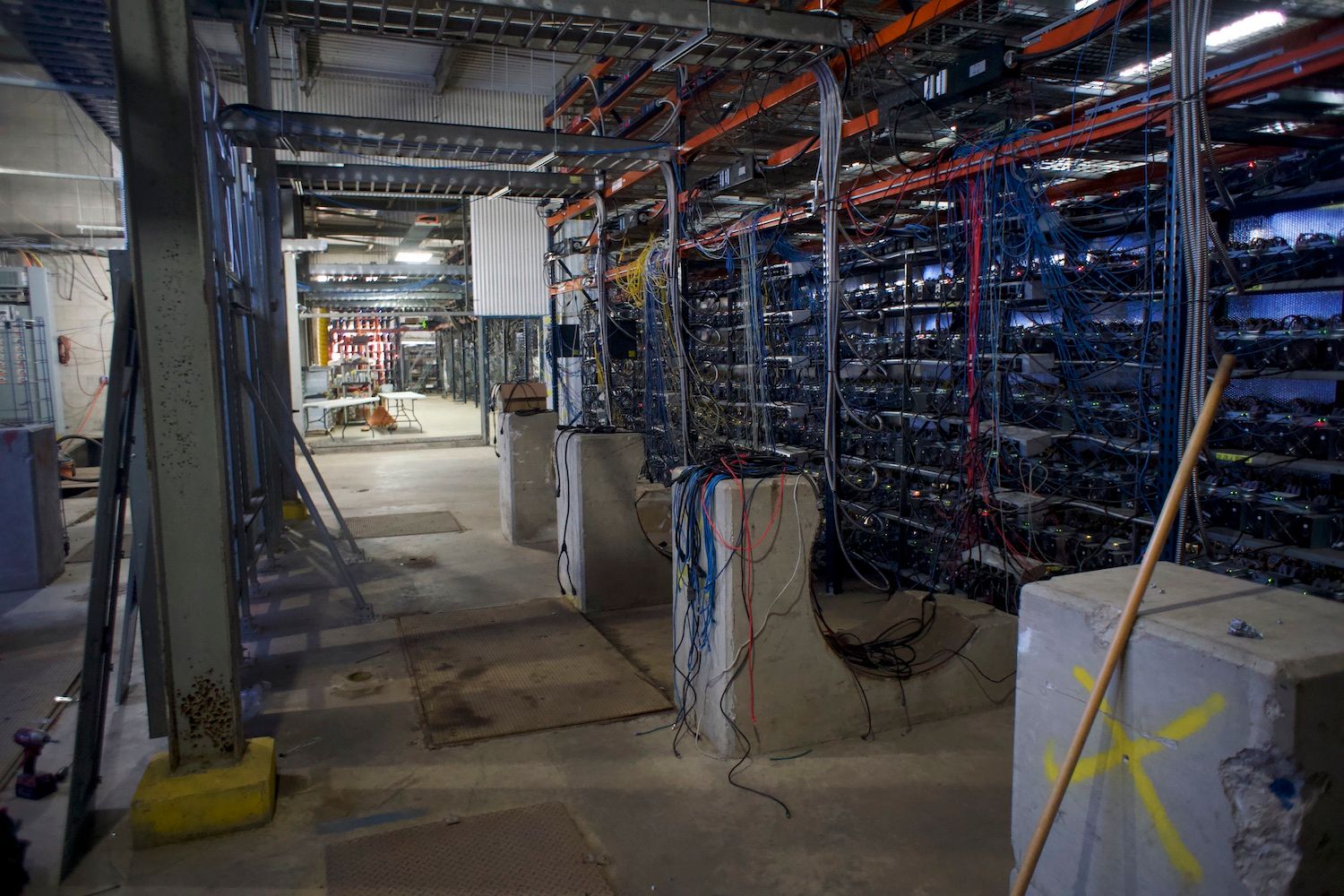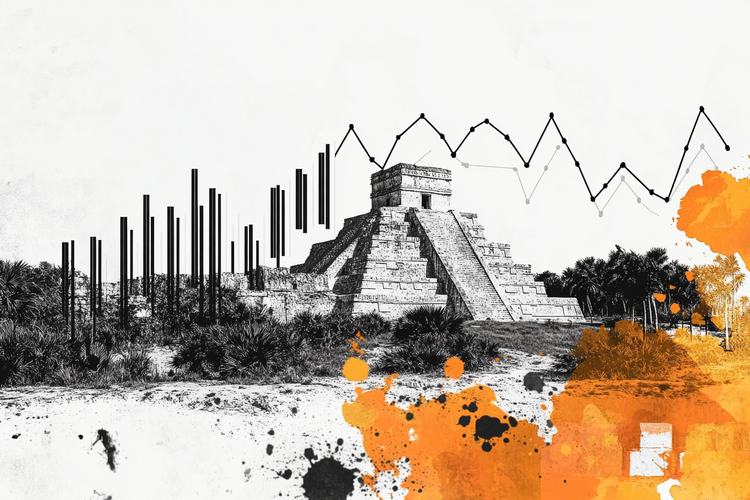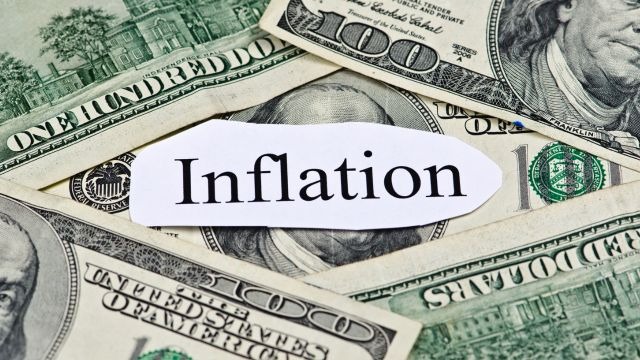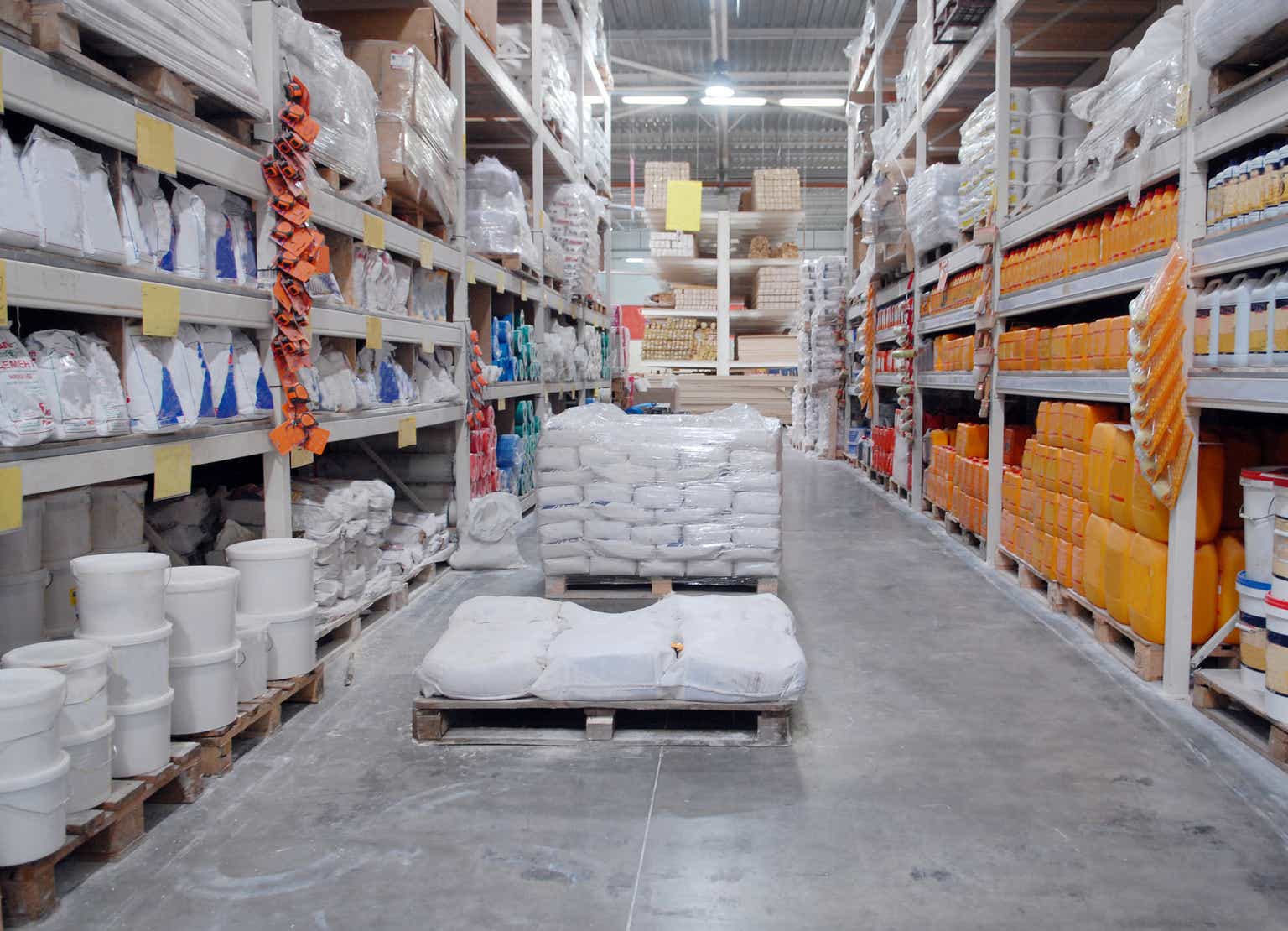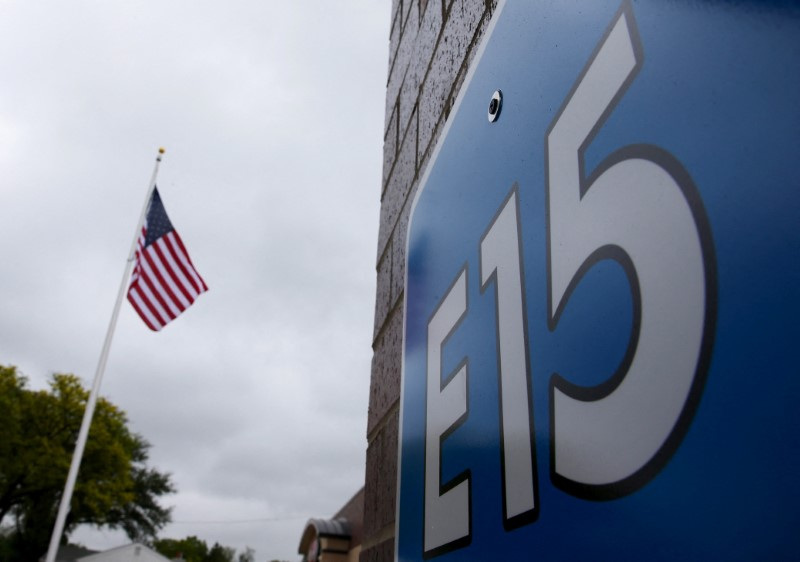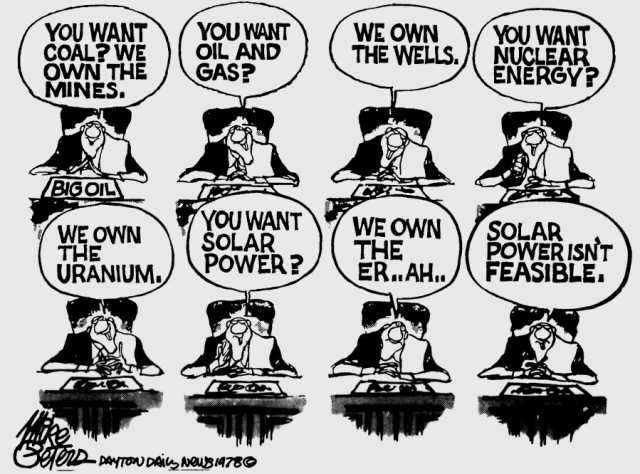The 5 Most Common Ways Americans Move From Poor to Middle Class
When you think about the current economic climate of America, it won’t come as any surprise to learn there are clear boundaries between the “rich” and “poor.” In fact, by all measurements, the gap between these two socioeconomic groups is only getting wider instead of shrinking. This gap shrinking is the hopeful scenario so that […] The post The 5 Most Common Ways Americans Move From Poor to Middle Class appeared first on 24/7 Wall St..

When you think about the current economic climate of America, it won’t come as any surprise to learn there are clear boundaries between the “rich” and “poor.” In fact, by all measurements, the gap between these two socioeconomic groups is only getting wider instead of shrinking. This gap shrinking is the hopeful scenario so that more people would worry less about their next meal or rent payment.
24/7 Wall St. Key Points:
-
Unfortunately, there is still a large part of America that is considered “poor” or lower class.
-
The good news is that there are easy ways to set goals and move yourself into the middle class.
-
Education is the most significant way to make the shift in both income and skill development.
-
4 million Americans are set to retire this year. If you want to join them, click here now to see if you’re behind, or ahead. It only takes a minute. (Sponsor)
Instead, we’re left in a situation that requires this country to look at the best and most common ways the poor can move to the middle class. Whether through education, skill development, or saving as much as possible, the best way forward to move up in the class economy in the United States has long been through hard work and determination to live a better life.
What Is Considered Middle-Class
For as long as anyone can remember, there have been several ways to define the middle class. According to Pew Research, the middle class is the most prominent economic class in the United States. As of the end of 2023, over 52% of Americans were considered middle class.
According to CNBC, the current national median household income in 2023 was $80,610, and the middle class is commonly defined as earning between two-thirds and double the household median income. As a result, on a national level, you would need a household income between $53,740 and $161,200 a year to be considered middle class.
The hope is that $53,740 isn’t out of reach for many Americans. Still, 28% of Americans who are considered lower income (according to Pew Research) or “poor ” desperately need to know how to move into the middle class.
Education and Skill Development
Education and skill development will be at the heart of separating America’s two socioeconomic classes. While this should go without saying, the US still has a lot of work to do to ensure everyone receives quality education.
Everything about education starts with early childhood education. Countless studies have indicated and proven that early childhood education significantly impacts individuals’ long-term economic outcomes. This is why there are programs like Head Start, which are free programs designed to help low-income families prepare their children for school.
When you expand the horizon a little and look at K-12 education, you know that you need to ensure that every child has access to this level of education. Continuous learning between the ages of 5 and 18 will prepare students to receive skills and development abilities critical to moving up in the world.
Among the ordinary ways low-income students succeed is by switching between two classes and pursuing higher education. Whether through community college, a four-year university, or a trade school, increasing funding for Pell Grants and scholarships will be critical to ensuring more students can develop the skills they need to earn more.
On the skill side, trade schools that can teach you electrical work, linemen, plumbing, or even careers in healthcare can all lead to stable, well-paying jobs without a four-year degree. The same goes for certifications that can be earned in fields like IT, project management, or coding.
Consistent Saving and Investing
One of the most critical and common ways any American can move into the middle class is by adopting a “saving and investing” mindset. There are many ways to do this, and one size does not fit all. Still, focusing on saving and investing together and separately will significantly increase the chances of a better economic future.
This could be as easy as setting up a budget that resembles the popular 50/30/20 rule. With this rule, you have a set system for splitting each paycheck as 50% of your take-home pay will go to needs, 30% to wants, and 20% to savings. If someone can stick to this method, it will significantly increase their ability to manage their finances. Of course, it’s also essential to build up an emergency savings account of at least 6-12 months of salary that can be used as a financial cushion against emergencies like medical bills or house concerns like a new air conditioner or roof fixes.
If you work for a company with an employer-sponsored retirement plan, do not ignore this opportunity. These accounts, generally 401(k) plans (or IRA accounts), can help you build long-term wealth. Essentially, if an employer offers matching contributions, this is “free money” and can significantly contribute to retirement savings.
Of course, you can also invest on your own through low-cost index funds, which provide an easy-to-understand way to invest in the stock market with low risk.
Career Advancement
Unsurprisingly, one of the most likely ways to move between classes in America is through career advancement. The simple takeaway is that you keep submitting applications as often as possible.
However, there’s more to career advancement than just submitting countless job applications. The most important way to secure a job these days is through networking. There is little debate that building your “rolodex” of professional connections can help open doors to future opportunities.
This leads directly to the next idea, as finding a mentor can be helpful, if not imperative. Not only can this individual help you network, but they can also give you valuable insight into a job and/or career opportunity and advice on advancing in this career.
Additionally, you must look at development again, even when you are out of school. The more frequently you develop new skills or earn more certificates shows an employer you are dedicated to continuous learning. This may very well be the difference between you and another candidate.
Entrepreneurship
There has long been a belief that one of the best paths you can take toward improving your economic status is through entrepreneurship. While this isn’t completely accurate, it would be hard to dispute that creating your success is a way to move from poor to middle class.
This can start with an idea, but platforms like Kickstarter and GoFundMe have launched countless business ideas. The same can be said about organizations like the Small Business Administration, which can provide loans or grants to aspiring entrepreneurs.
With entrepreneurship as the backbone of any business concept, it’s worth noting that moving between classes when starting your own enterprise is a slow burn. You might fail just once or maybe ten times, but all it takes is one time to make the leap.
Leverage Government Programs
One of the most important aspects of any move between the low and middle classes is relying on programs that help people overcome poverty. These programs include SNAP or food stamps, which help low-income families afford food.
The same goes for Medicaid, as this program ensures those who cannot afford private insurance have access to medical healthcare. Both programs can ensure that you have two fewer concerns on your plate and will allow you to focus on building up your business ideas or finishing schooling or certificates.
You can also access programs like the Small Business Administration that provide loans. The combination of these programs will help anyone considered lower class find the means to try and work their way into the middle class.
The post The 5 Most Common Ways Americans Move From Poor to Middle Class appeared first on 24/7 Wall St..




















